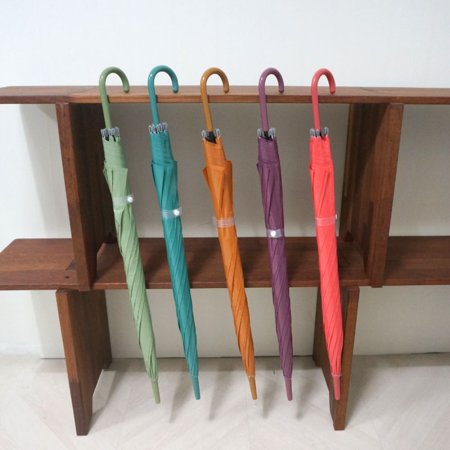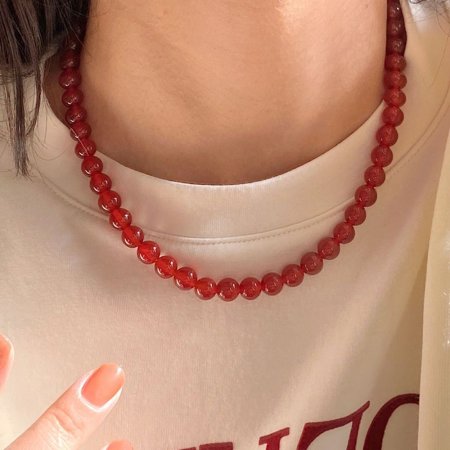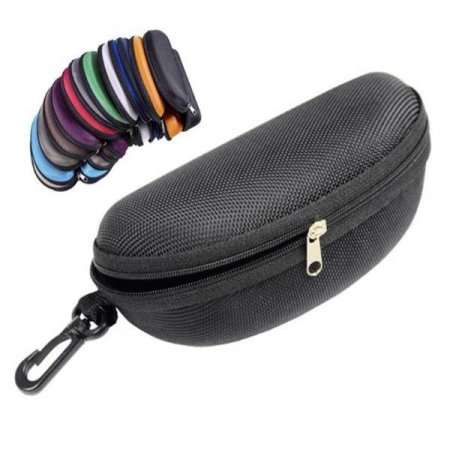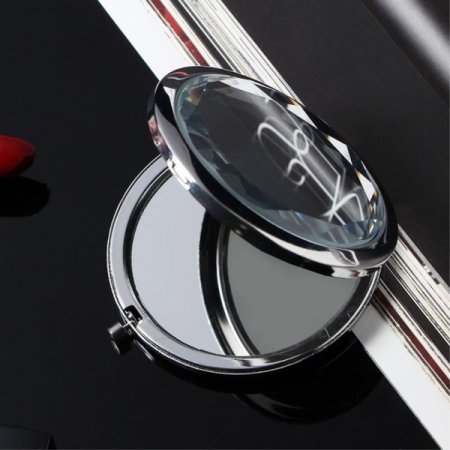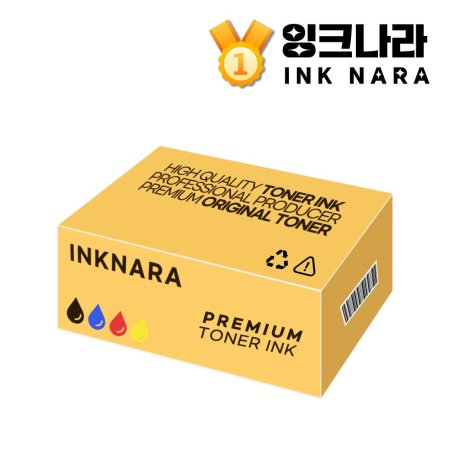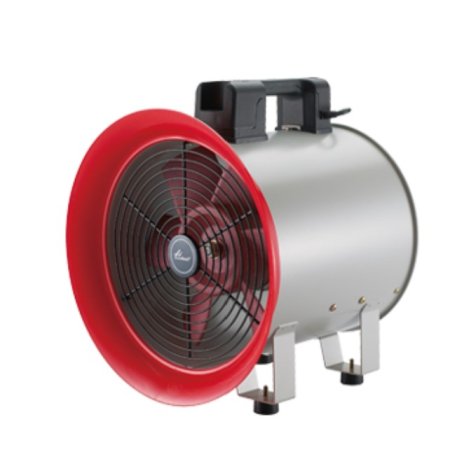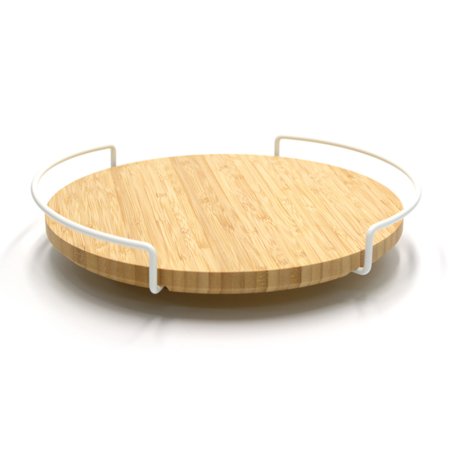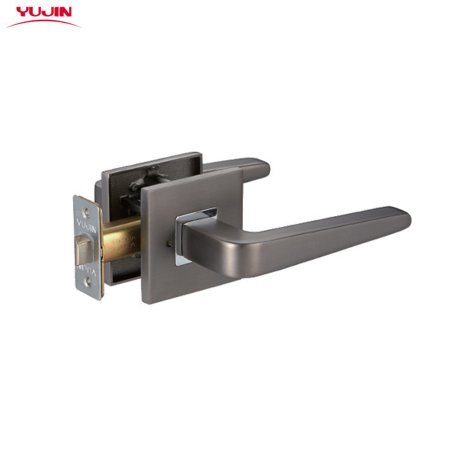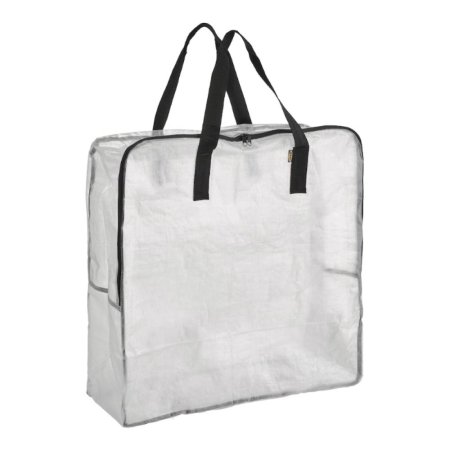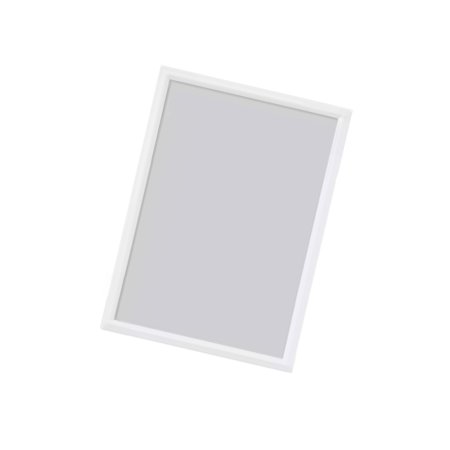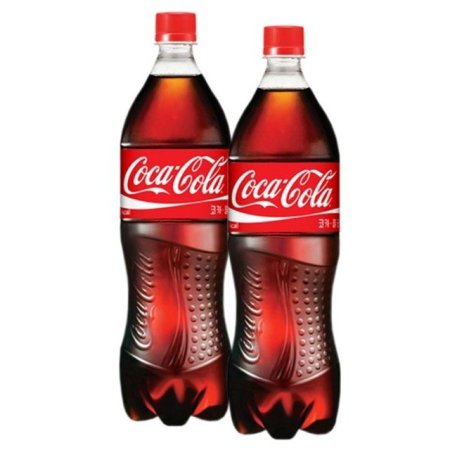Pacific Fleet commander wants wraps kept on unmanned capability develo…
A MANTAS T-12 USV, front, operates alongside Royal Bahrain Naval Force fast-attack craft RBNS Abdul Rahman Al-fadel during operations in support of Task Force 59 in the Gulf. (US Navy)
Anxious to avoid gifting an operational advantage to China, the US Navy's senior officer in the Pacific said the service will maintain a veil of secrecy over the pace at which it is ‘operationalising' new unmanned systems capabilities and concepts in the Pacific Fleet.
In his 14 February keynote to the AFCEA International and US Naval Institute WEST 2024 event in San Diego, California, Admiral Sam Paparo, commander of the US Pacific Fleet and nominated as the next commander of Indo-Pacific Command, told attendees that work was progressing to integrate unmanned surface vehicles (USVs), unmanned underwater vehicles (UUVs), and unmanned aerial vehicles (UAVs) into the navy's combat force.
However, he added that the navy did not want to give away its playbook. “There's a good reason why you haven't heard about what we're doing. And it ain't because we ain't doing anything.”
Briefing delegates that the West Coast navy had “a very rich programme” for integrating maritime unmanned systems on, above, and below the waterline, and developing attendant concepts of employment, Adm Paparo also confirmed that the Pacific Fleet would stand up its second USV squadron in May 2024.
“Work in Task Force 59 and the work in 4th Fleet aren't competing [they] are all complementary battle labs that contribute to a concept of unmanned and autonomous operations that will in fact augment and complement to our ability to employ those capabilities when the unforgiving hour comes,” he said.














